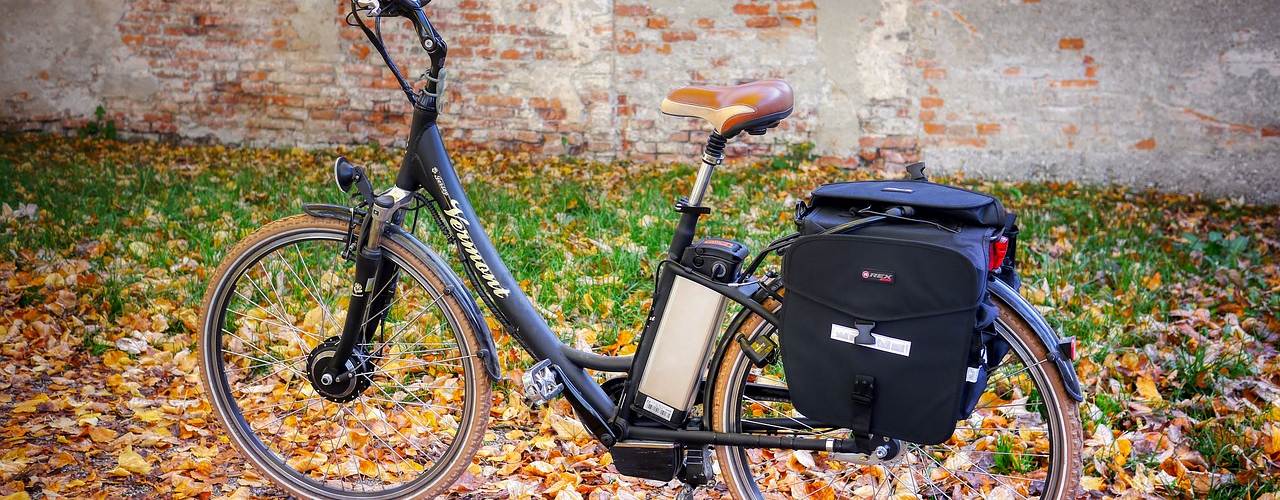Riding an e-bike still gets your heart rate up.
Research comparing the energy used to pedal a standard bicycle versus an e-bike have found that the difference is somewhat similar to running versus brisk walking. Riding a standard bike is considered vigorous exercise—burning up to 560 calories per hour for a 150-pound person, presuming you’re going around 10 to 14 mph. Riding a pedal-assist electric bike, takes about half the amount of energy—about 280 calories an hour for that same 150-pound rider—the calories of brisk walking. Depending how hard you ride, carrying a load, and/or what power setting you use (low or economy settings require more human energy than high or turbo), you could burn up to 390 calories per hour.
In this comparison of a five-mile round trip commute to and from the office, a relative effort was much lower on an e-bike ridden in its two highest settings, but the calorie burn was equivalent to walking, definitely higher than driving, and still exercising. And if you wanted more exercise, you could have set the pedal assist to a lower setting.
If you’re straight off the sofa, the health gains of e-biking are significant. In a study, when Colorado University researchers gave otherwise inactive people e-bikes and told them to to ride a minimum of 40 minutes a day, three days a week, the guinea pigs rode past the minimum, improved their fitness, their blood sugar levels, and trimmed some fat in just one four weeks.





